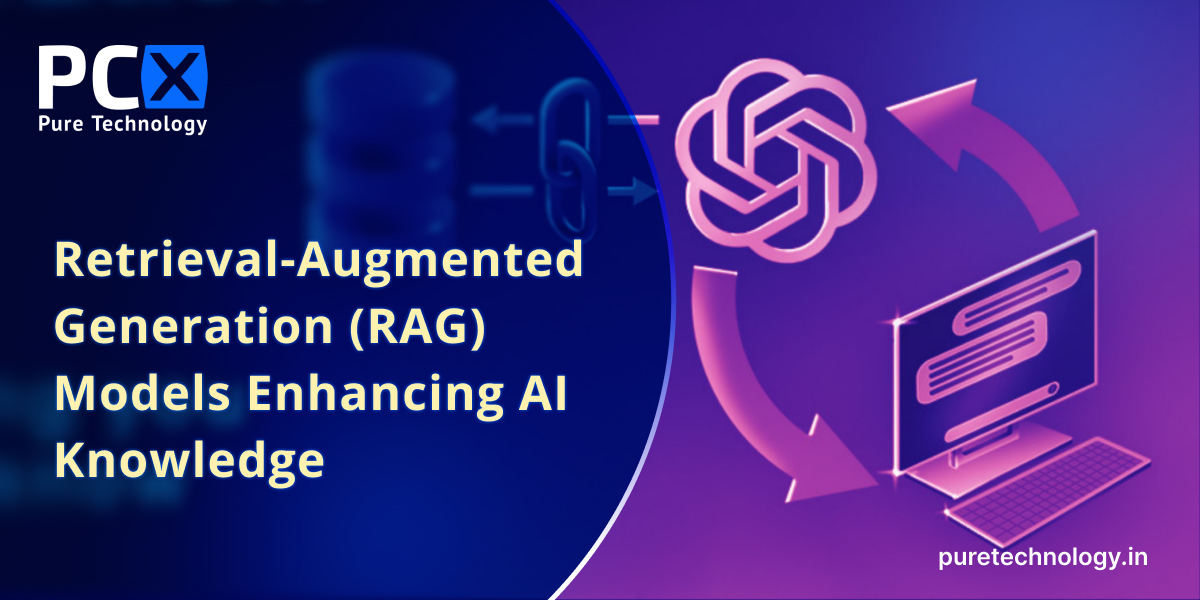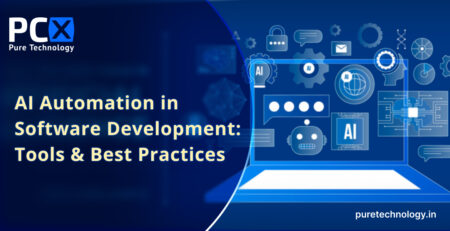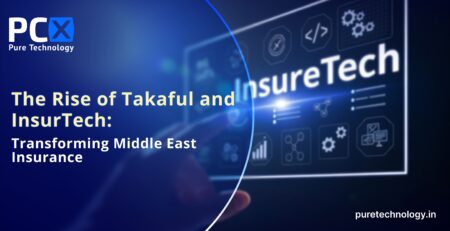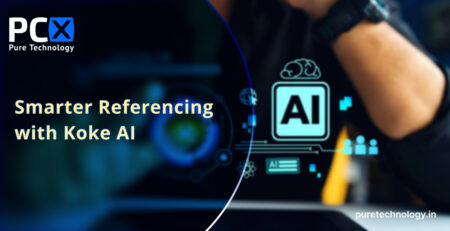RAG Models: Enhancing AI Knowledge
Introduction
Large language models (LLMs) have revolutionized natural language processing with their remarkable ability to generate human-like text. However, they face limitations such as outdated training data, hallucination of incorrect facts, and difficulty in accessing domain-specific or real-time information. Retrieval-Augmented Generation (RAG) models address these challenges by combining generative AI with external information retrieval, resulting in more accurate, relevant, and contextually rich AI outputs. In 2025, RAG is transforming AI applications across industries by bridging the gap between static LLM knowledge and dynamic external data. Pure Technology helps organizations harness RAG to deliver AI systems that are trustworthy, up-to-date, and deeply informed.
What is Retrieval-Augmented Generation (RAG)?
RAG is an AI architecture that enhances generative models by augmenting them with a retrieval mechanism. Instead of relying solely on the data encoded during training, the RAG process fetches relevant, authoritative information from external data sources and integrates it into the generation phase. This results in output that is grounded in verified data rather than just learned patterns.
How RAG Works
- Creating External Knowledge Bases:
Relevant external data—such as company documents, databases, APIs, or web content—is converted into vectorized numerical representations (embeddings), organizing information in a way AI models can efficiently query. - Querying and Retrieval:
When a user submits a question or prompt, the system converts the query into a vector and retrieves the most relevant pieces of external data by matching vectors in the knowledge base. - Augmented Prompt Generation:
The retrieved information is combined with the original prompt and provided as enhanced input to the generative model, guiding it to produce responses informed by both its training and up-to-date, context-specific information. - Continuous Updating:
To ensure accuracy over time, the external knowledge base and embeddings are regularly refreshed through automated pipelines.
Why RAG Matters
- Mitigates Hallucination: By grounding responses in retrieval, RAG reduces AI-generated fabrication of facts.
- Maintains Currency: Allows LLMs to incorporate the latest information without costly retraining.
- Improves Domain Specialization: Enables incorporation of niche datasets and proprietary knowledge for tailored outputs.
- Enhances Contextual Understanding: Retrieval enriches prompt inputs, improving relevance in multi-turn dialogues and complex queries.
Applications of RAG Models
- Enterprise Knowledge Management: Faster, precise information retrieval across vast organizational data assets improving employee productivity.
- Customer Support: AI assistants provide accurate, up-to-date answers by referencing product manuals, FAQs, and ticket histories.
- Healthcare: RAG models synthesize patient records, medical literature, and clinical guidelines to aid diagnostics and treatment recommendations.
- Legal and Compliance: Automates contract analysis and regulatory interpretation by integrating external legal databases.
- Research: Enhances discovery by linking diverse academic publications and datasets for literature reviews or hypothesis generation.
Benefits of RAG Models
- Accuracy: Combines LLM creativity with reliable data for trustworthy AI outputs.
- Efficiency: Reduces need for expensive retraining by updating external data separately.
- Customizability: Easily adapts to new domains and evolving datasets.
- User Trust: Enables citation and transparency by tracing sources of retrieved information.
Challenges and Best Practices
- Data Quality and Curation: External sources must be accurate and well-maintained to ensure trustworthiness.
- Scalability: Managing large vector databases and retrieval latency requires robust infrastructure.
- Integration: Seamless blending of retrieved data and generation prompts demands sophisticated prompt engineering.
- Privacy: Sensitive data in external sources must be securely handled and compliant with privacy laws.
Conclusion
Retrieval-Augmented Generation models represent a breakthrough in making AI smarter, more accurate, and more dependable. By integrating external knowledge dynamically with generative capabilities, RAG bridges fundamental limitations of traditional LLMs and unlocks powerful new applications in 2025 and beyond. Pure Technology is your trusted partner to design, deploy, and continuously enhance RAG-based AI systems aligned with your business goals.
Call us for a professional consultation












Leave a Reply